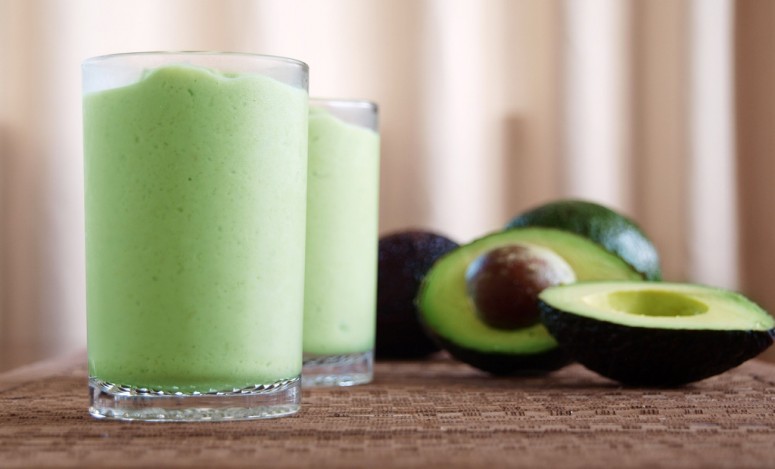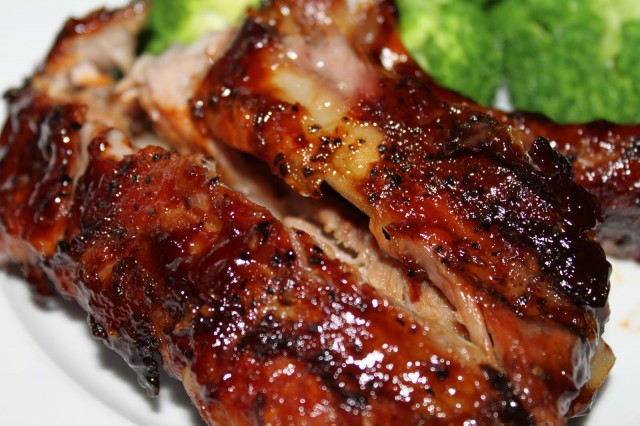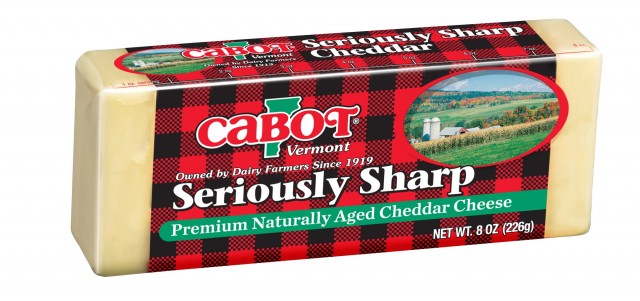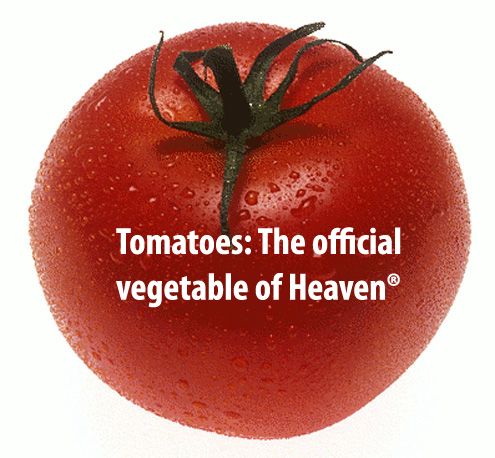In the early 1900s, bananas may have been named the world’s first superfood. At the time, even The American Medical Association praised them for being “sealed by nature in practically germ-proof packages.”*
Although still one of the most nutrient-dense foods you can eat, bananas are no longer consider a superfood. (I eat one every morning, however, as they’re always in season). Trendy things like acai berries, green tea, quinoa, kale and other manufactured foods are. It’s gotten so out of hand, that the FDA issued a warning letter recently about falsely advertised “superfoods.” As of 2007, the European Union has prohibited food makers from using the term “superfood.”
So how can we distinguish marketing hype from science when seeking out nutrient-rich foods? Highbrow did just that recently. This is what they came up with—the top 10 superfoods backed by science. Continue reading…

Courtesy Miramax
Smart people don’t make better decisions because they’re smart. They make better decisions, research shows, because they habitually do the following:
1. Remove unimportant decisions. If a decision doesn’t have an impact on your work, relationships, or spirit, then remove it from consideration. For example, many CEOs, heads of states, or creative people wear the same thing every day. Steve Jobs wore blue jeans and a black turtleneck everyday. Mark Zuckerberg only wears blue jeans and a gray t-shirt. Similarly, the leader of the free world only wears blue or gray suits, “Because I have too many other decisions to make,” the president recently told Vanity Fair. “I’m trying to pare down decisions,” he added. “I don’t want to make decisions about what I’m eating or wearing.”
For those of us without a personal chef, deciding what kinds of food to eat is a very important decision. But removing or outsourcing unimportant decisions to other people helps us make more meaningful decisions. One of the ways I achieve this is by removing TV from my life, limiting the number of sportsball games I watch, and restricting the number of news sources I read to only three per day. Doing so introduces more social encounters, analog experiences, and thought-provoking literature into my life, which make me a better writer (instead of regurgitator). Continue reading…

Ang Sarap
Like many of you, I go through food phases. Here’s what I’m particularly keen on eating, making, and cooking right now: Continue reading…
 God, how did you get pork ribs to taste so delicious and why didn’t you make beef or chicken ribs this scrumptious?
God, how did you get pork ribs to taste so delicious and why didn’t you make beef or chicken ribs this scrumptious?
That’s what I’d ask him. Here’s why: Lindsey and I have made these oven baked ribs several times this summer. They’re ridiculously easy. Can be made using baby or spare ribs. The meat falls of the bone with the slightest of bites. And there are virtually no ligaments or tendons to mess with — the closest thing to cartoon characters eating hunks of meat off single bones.
It’s my new favorite BBQ dish.
Photo credit: rays of sunshine
 If there’s one certainty I’ve observed in life, it is this: Rather than just eating more produce, less meat, and smaller portions of food, humans will vilify something in an effort to simplify complex food choices. Instead of accepting a “moderation in all things” approach to life — which limits superiority complexes and indulgence — they insist on inventing artificial food guidelines to live by.
If there’s one certainty I’ve observed in life, it is this: Rather than just eating more produce, less meat, and smaller portions of food, humans will vilify something in an effort to simplify complex food choices. Instead of accepting a “moderation in all things” approach to life — which limits superiority complexes and indulgence — they insist on inventing artificial food guidelines to live by.
For example: In the ’80s, butter and natual sugar was bad, so Americans (at least) ate lots of margarine and artificial sweeteners. But those turned out to be worse, so now butter and sugar are back on the menu. In the ’90s, it was the low-fat diet, which in many ways still influences our culture, although not to the extent the diet did in its hey day. In the 2000s, it was low-carbs: Atkin’s diet, South Beach, and other variations. Nowadays, popular grains like wheat bread, oats, and barley are suddenly the enemy. Even though we’ve been eating gluten for thousands of years, it’s just as bad for us as other fad diets. Which is to say it’s not.
Continue reading…

I’m a cheese lover. I’ve sampled some of the finest from three different continents. In fact, I’ve never met a cheese I didn’t like, except for Colby. (Yuck!)
My absolute favorite varient of cheese, however, is Cabot’s Seriously Sharp Cheddar. It comes from grass-fed cows in Vermont that sleep on warm blankets and are often whispered words of encouragement by loving humans. It’s gluten-free, low-carb, 100% organic, and makes your bowel movements smell like cinnamon. It’s aged for 24 hours, helps save the planet, and will even impress your sycophant friends.
Not really. But Seriously Sharp is the most pungent and satisfying cheese I’ve ever tasted. It’s perfectly textured—slightly crumbly without being overly dry. Dense and mouthwatering. It’s so delectable, I often sink in my chair after savoring the final slice.
Goes well with red grapes, almonds, crackers, french bread and salami, strawberries, cantaloup, and white sauces. I buy it at Walmart right after doorbell ditching struggling mom-and-pop grocers.
Enjoy.
 If you’re happy with your health, nutrition and self-image, skip to the next post. If not, read on.
If you’re happy with your health, nutrition and self-image, skip to the next post. If not, read on.
In nine years of marriage, Lindsey and I have never owned a weight scale. Not one.
Why? Because they’re superficial, largely meaningless, and a lousy motivator of long-term health. Continue reading…

Healthy food prolongs life. Junk food taketh away.
Here are 12 simple rules for healthy, happy eating, taken from Karen Le Billon’s French Kids Eat Everything, my own experience with food, and the good old Word of Wisdom (as validated by nearly 200 years of good health and a recent UCLA study).
- Always read the label. You are in charge of educating yourself on what you digest. When in doubt, pick food with the fewest included ingredients and artificial-sounding names (like xanthum gum)
- Avoid emotional eating. No food rewards, bribes for kids, or eating out of boredom or depression. Hard to do. Brushing your teeth can help. So can striking up a conversation with someone to take your mind off food.
- Avoid short-order or otherwise “fast” food. With exception to simple meals like bread and cheese, food that is fast (snacks, microwavable, drive-though etc) is usually filled with unnatural preservatives and additives that dilute the nutritional value of the food you consume. Continue reading…

Few things in life are better than a fresh tomato.
While discussing food this morning (it’s a hobby of mine), a friend exclaimed, “I can’t stand raw tomatoes.” He’s obviously crazy, so of course I chastised him with, “No way—they’re like salty watermelons, man!!!”
Admittedly, I haven’t always enjoyed tomatoes. In fact, I was ordering cheeseburgers sans tomato as recently as 18. That all changed a year later, however, after moving to Brazil. There, when they serve “salad,” it’s all tomato, doused in vinegar and oil. To not come off as a snobbish American, I reluctantly accepted said salad. In time, I grew to love the primary ingredient.
Now I eat tomatoes on anything and everything. Continue reading…

I’m not crazy about their using corn sweeteners. And they won’t make you jump higher or run faster. But sports drinks (read: bottled sugar water) such as Gatorade and Powerade actually work when it comes to endurance boosts. Marathoners know this, as does this new study by the University of Edinburgh.
Scientists discovered that 12 to 14-year-olds could play for almost a quarter longer during team games when they drank an isotonic sports drink before and during games. The sports drink helped the adolescents continue exercising for up to 24% longer than those who were given a non-carbohydrate placebo drink.
To be clear, you can make homemade sports drinks that are nearly as effective. Just mix water with a little sugar, some flavoring, and a dash of salt. (Most isotonic drinks are a 6% carbohydrate-electrolyte solution.)
They key is to know when to reach for sports drinks over good old water. And all the research I’ve read suggests water is more than suitable for workouts under an hour. Anything longer than that and your body will benefit from the extra dose of electrolytes, carbs, sugar, and salt.
I know mine does during long distance runs.
See also: Top 5 Powerade flavors




 God, how did you get pork ribs to taste so delicious and why didn’t you make beef or chicken ribs this scrumptious?
God, how did you get pork ribs to taste so delicious and why didn’t you make beef or chicken ribs this scrumptious?

 If you’re happy with your health, nutrition and self-image, skip to the next post. If not, read on.
If you’re happy with your health, nutrition and self-image, skip to the next post. If not, read on. 

